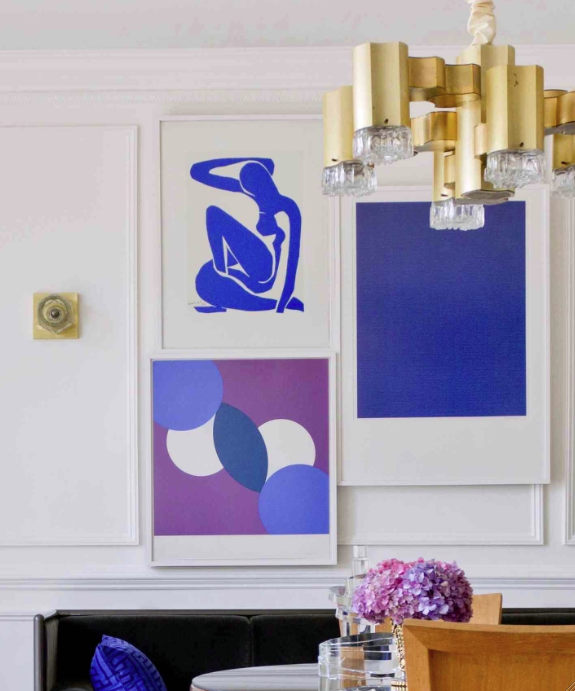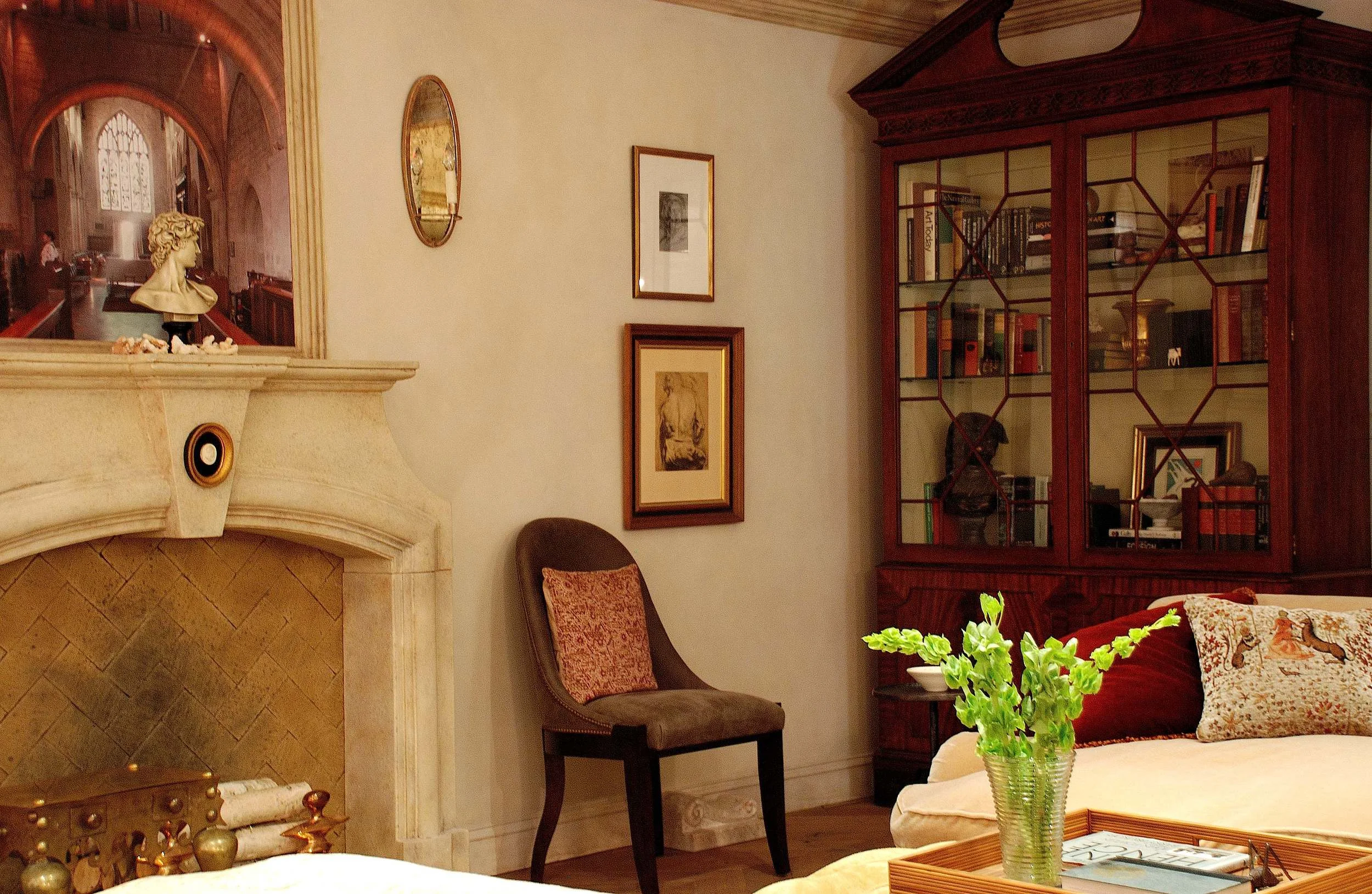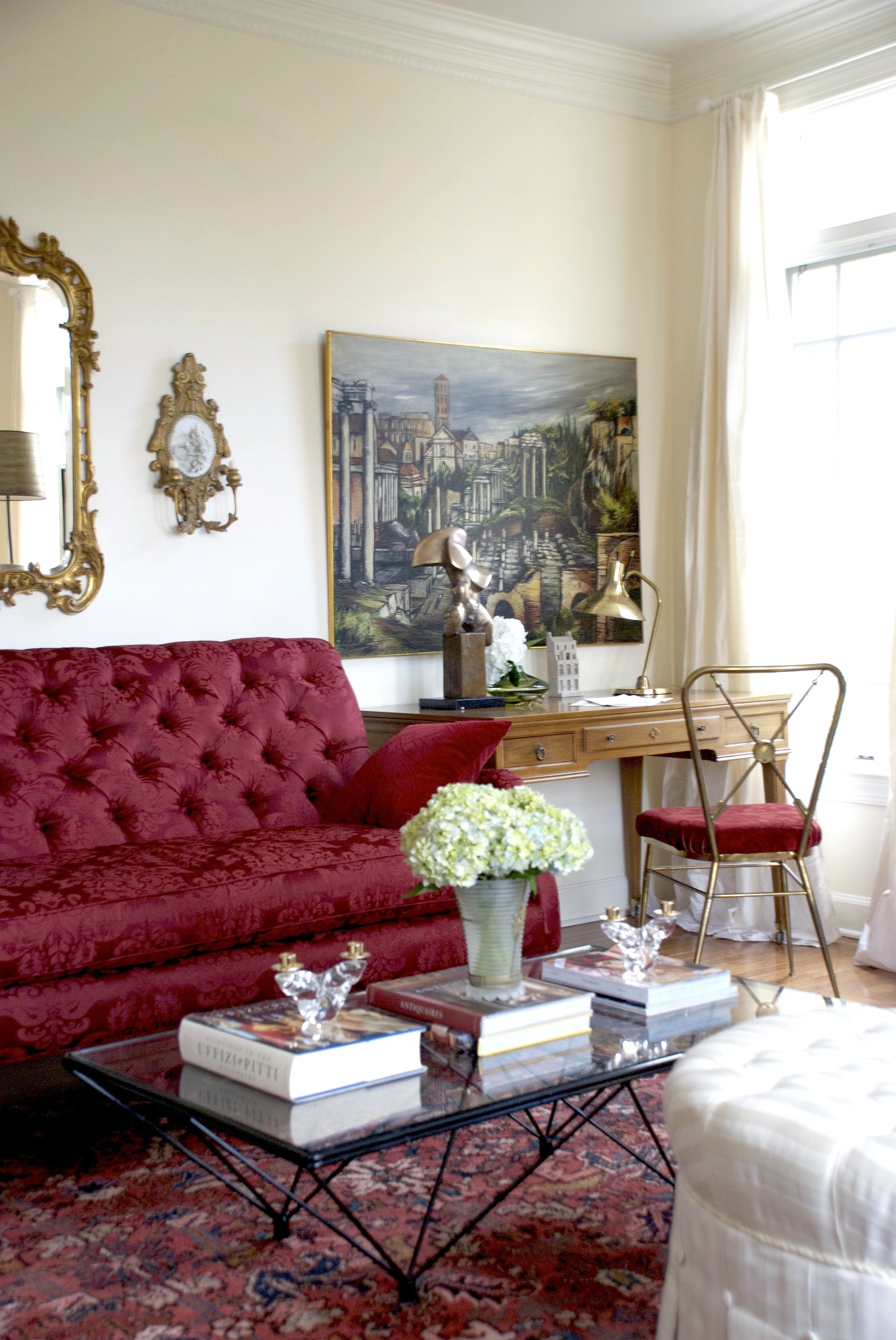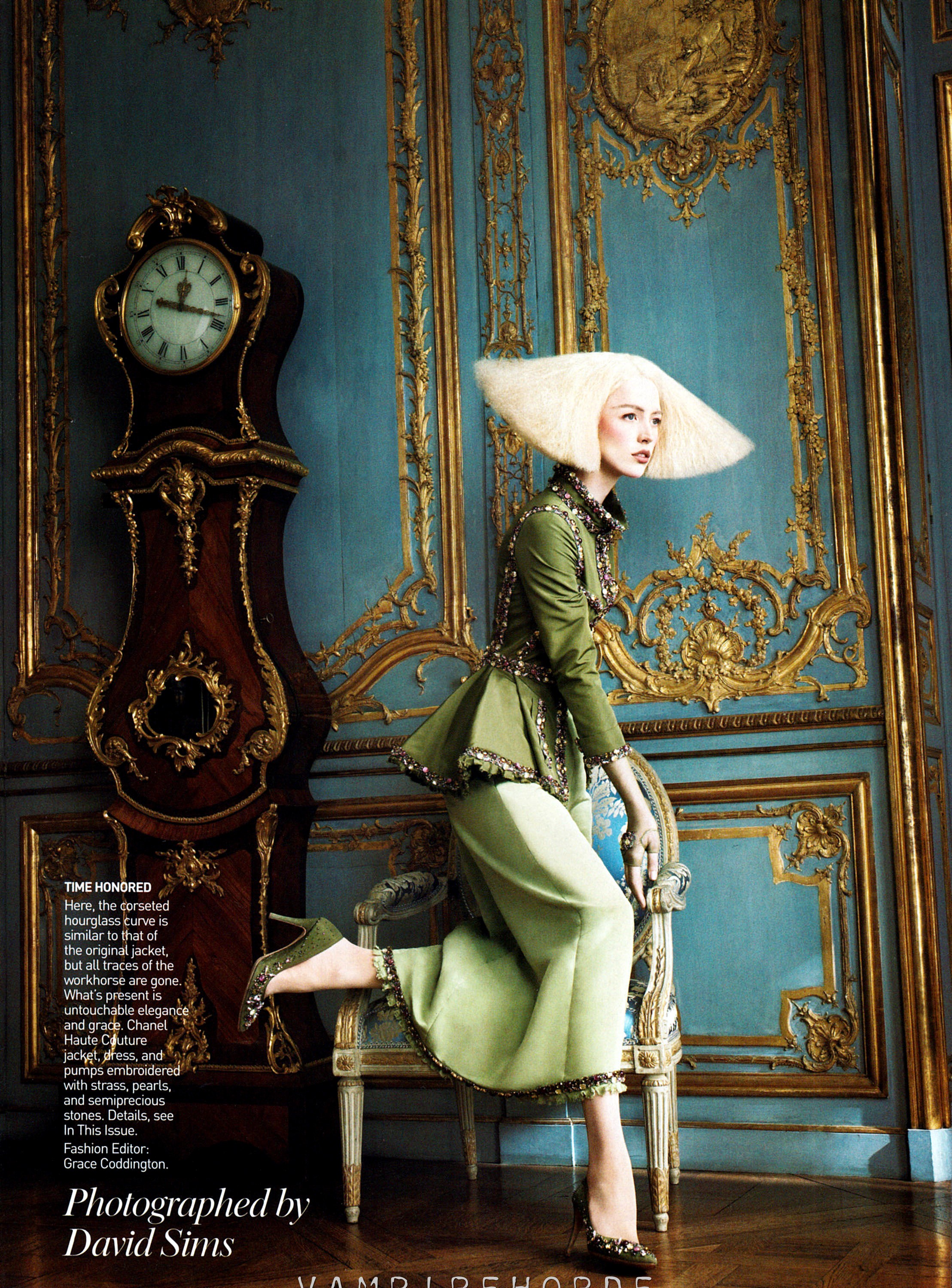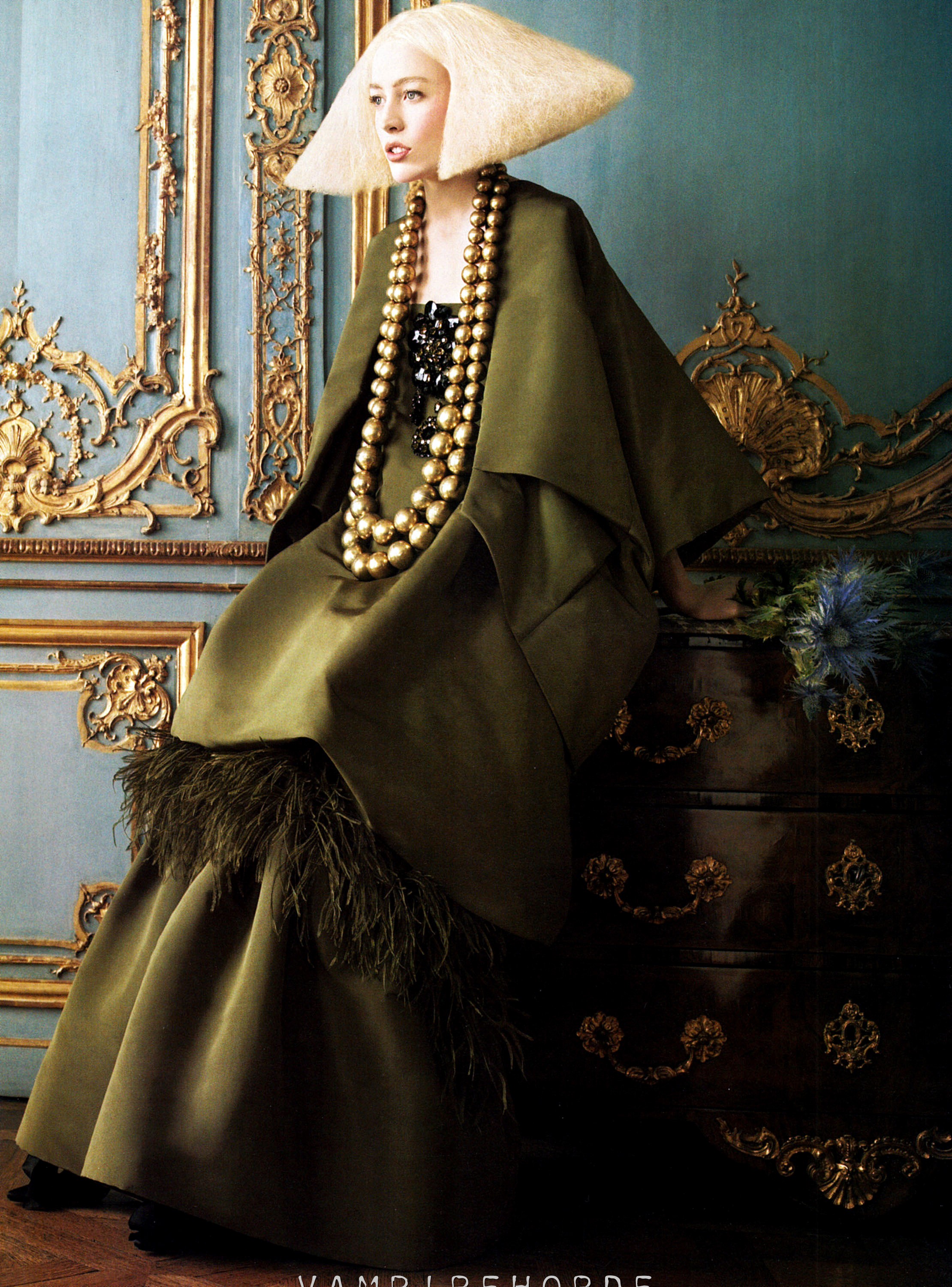Isn't it amazing that in a day and age when we are all bombarded with images from Pinterest, Instagram, Facebook, Twitter and countless number of magazines, books, web sites and blogs, some images are just unforgettable?! They are so timeless that they stop you in your tracks again and again even years after they were originally shot. I was googling the other day searching for a Christian Lacroix bracelet I have and which needed some repairs. Browsing through images, I came across the first image below and it stopped me once again in my tracks as I fondly remembered the spread in the September 2007 issue of Vogue produced by Grace Coddington, shot by the uber talented photographer, David Sims and of course of the versatile Brazilian model, Raquel Zimmermann. Like for many, these images rocked my world for a long time and I still have these pages dogeared, tucked in my image screen, saved in my computer and on my phone.
Not even all of Vogue's spreads capture one's attention and hold it for years after like this spread did and still does! Everything about it - the rooms' setting, the model, the couture dresses, the hats, the hair, the make-up, the photography - the whole orchestration is magical. Being an interior designer of course, I noted the hand painted and gilded paneling and jib doors, the ormolu-like carved and gilded details of the architraves and it's variations in the blue room, the gorgeous and billowing curtain fabric with it's large floral medallions, a perfect complement to the walls and the Louis XIV & XV furnishings that are to die for!
So much so that these images influenced my design for a project I had loads of fun with! Particularly the first image where Raquel is wearing one of the most beautiful dresses by Christian Lacroix. The mulberry, plum and blueberry hues are shot through with the sharp velvet black hat, the fox sleeves and lacy chartreuse chiffon neck line all together poised in front of the complex creamy background. I loved it so much that I had to redraw the dress in the background of the room I created! The second image with John Galliano's champagne silk-taffeta embroidered with pearls jacket over a white tulle skirt for Christian Dior inspired another room I designed. Obviously they are not literal translations and aren't quite comparable. But, they are nevertheless inspired (and much more simplified) modern color stories I was happy to work with. And, I'm sure it's not the last time they will move me. As I say, il est tout ma tasse de thé!
Check back soon for Part 2 of this post - a step-by-step on how to design a room like a couture dress!



